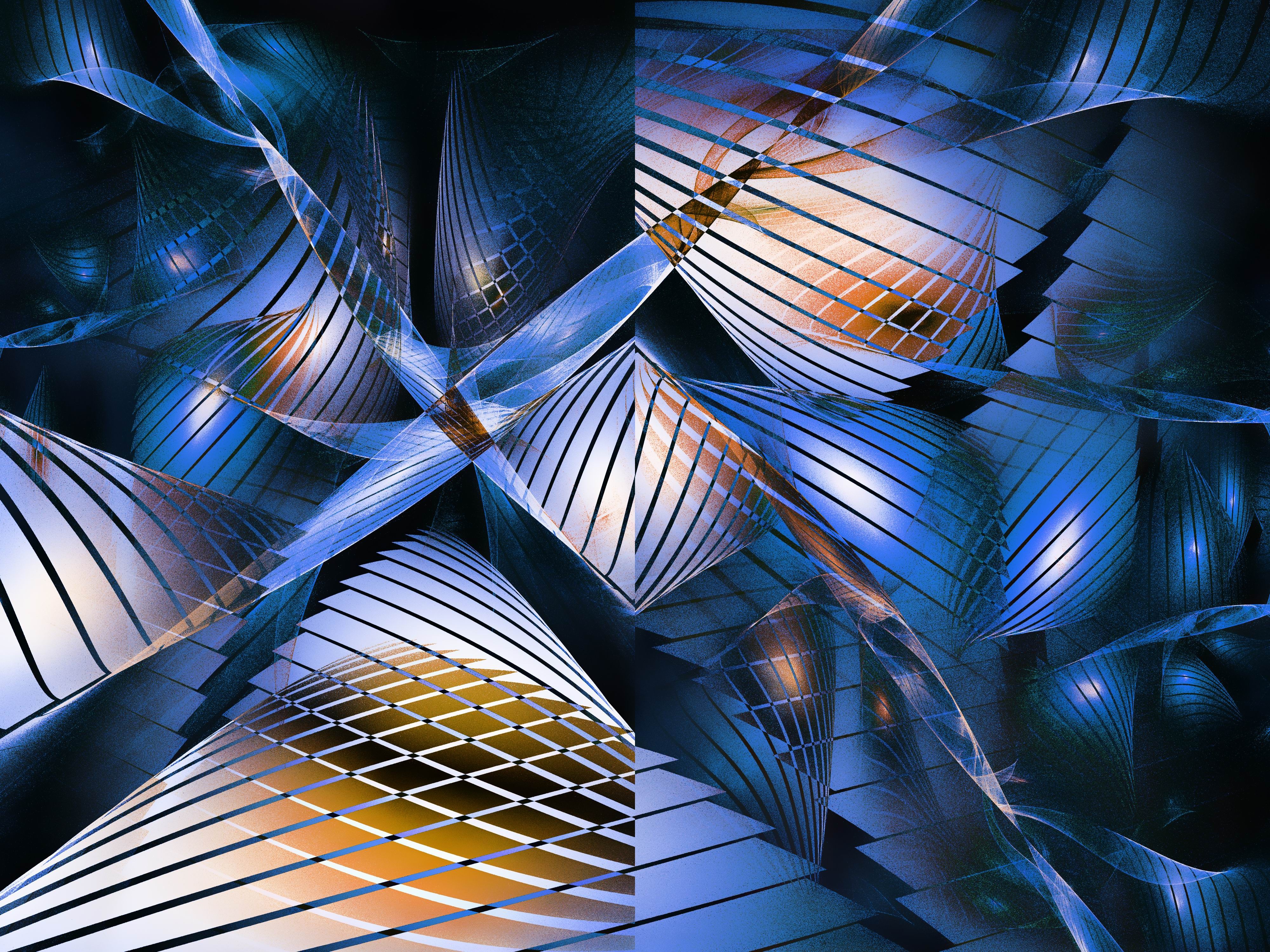By Benedict Morrissey
In mathematics one of the ways we study objects is by studying their symmetries. For example consider a circle; rotating the circle by any angle around its centre does not change its appearance. For a square there are four rotations around its centre that do not change its appearance (90, 180, 270 and 0/360 degrees).


There is a mathematical structure called a group, which the set of symmetries of an object form, however we also have groups in which the objects are not originally thought of as rotations, reflections, dilations and other similar transformations.
Some groups also have a geometric structure. Consider the example of rotating a circle earlier. Let us pick a point on the circle and consider where it ends up after a rotation. It can end up at any point on the circle. Hence the group of these rotations has the geometric structure of a circle.
One way in which we can study such groups is to link them to these concrete actions upon a line, a plane or a higher dimensional space. This is essentially what is done in the representation theory – we link the objects in a group to certain concrete geometric transformations (that an object could be symmetric under) and allow us to think about more abstract groups in terms of these geometric transformations – which is often simpler.
One of the most powerful tools in mathematics is being able to link different structures together. An example of this is linking the Euclidean plane to the set of pairs of numbers – co-ordinates for a point of the plane. This link allows lines to be related to linear equations, and other shapes such as circles and ellipses to also be related to certain types of equations in the co-ordinates.
For several sets of representations of groups with geometric structure, we can associate geometric objects with individual representations, and study these geometric objects to find out properties about the representations and the groups in question. An example of this is that there is a way to give the structure of a group to paths (from a point to itself) on a surface. There is a certain geometric structure that allows us to move vectors along these paths in such a way that they are continuously transformed as they move along the path. We thus get a representation that associates a path with the transformation we get by moving a vector along it.
For my AMSI summer project I was researching a certain set of conjectured equivalences (the Geometric Langlands Program) between two sets of geometric objects, each of which correspond to representations of certain groups. Just like the link between pairs of co-ordinates and points in a plane, such an equivalence would allow us to understand each set of mathematical structures better – by allowing us to translate knowledge about one set of structures to the other set of structures.
Benedict Morrissey was one of the recipients of a 2013/14 AMSI Vacation Research Scholarship.


